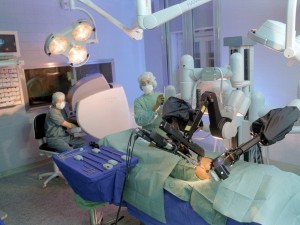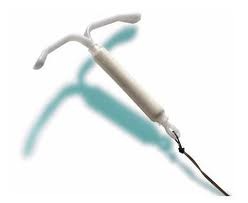This page is about the Bair Hugger lawsuits that were filed claiming the product caused infections. But these suits did not go very far and I don’t know of any lawyers filing warning blanket lawsuits in 2021. Not all mass tort lawsuits work out and these Bair Hugger lawsuits certainly did not.
Let’s back up first to the start of this litigation. I’m backfilling this first the original post…
As of September 2018, there are over 1,500 Bair Hugger warming blanket lawsuits pending in the MDL in Minnesota.
In one typical case, a New York couple claims that a surgical warming blanket used after the husband’s hip replacement operation caused severe infections, resulting in four additional surgeries. A man and his wife filed a lawsuit in New York on Nov. 25, 2015, against 3M, the manufacturer of the Bair Hugger forced-air warming system. Medical facilities commonly use this blanket during knee and hip replacement operations. In addition to 3M, the lawsuit lists Arizant Healthcare, Inc. and its subsidiaries as Defendants.

The value of surgical blanket lawsuits is still being determined, but many of these infection cases involve serious injury and death.
During the surgery on Oct. 24, 2012, medical personnel used a Bair Hugger on the man’s left hip, supposedly to help regulate body temperature. However, the warming blanket might have introduced bacteria into the surgical site, resulting in infection. Plaintiff received five surgeries within 16 months, including the original surgery, and he now struggles with mobility and needs crutches to walk.
Per the lawsuit: “Due to the infection, Plaintiff needed four additional surgical procedures to remove the implant and clean the infected area within sixteen months from the original implant surgery, and he continues to suffer limited mobility, requiring crutches to ambulate.”
According to diverse news reports, this Plaintiff is far from alone; many consumers across the nation have taken legal action after illnesses they’ve acquired after using the Bair Hugger, following hip and knee surgeries.
The Plaintiffs noted that 3M sent a letter to the FDA way back in June 1997, which warned of possible contamination issues with this product.
Continue Reading







